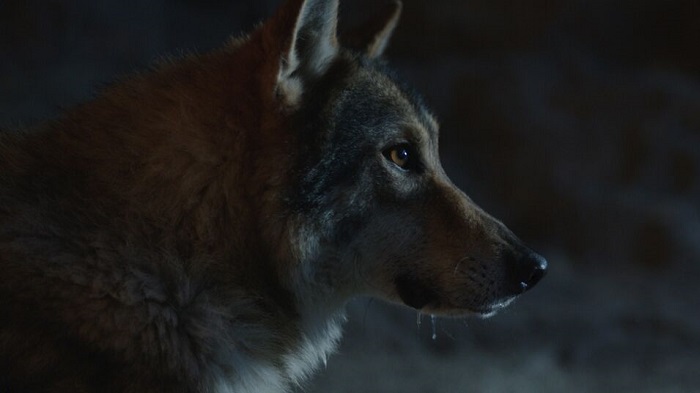Albert Hughes’ Alpha, reveals a prehistoric survival tale of a young hunter Keda who was stranded in the wilderness. The story revolves around- how he survived the harsh and unforgiving wilderness and how he befriended an injured wolf, Alpha, during the last ice age. The movie has shown the magnificent bond between mankind and an animal, which we have witnessed earlier in the Life of Pi.

Elaborating Keda’s survival journey in the wild, the movie has included a lot of wild animals. As it is next to impossible to capture all desired original shots with the animals as shown in the movie, MPC Character Lab team has created and recreated animals in the wilderness with the help of VFX making the movie exceptional.
When MPC Film’s visual effect team worked closely with the veteran visual effect artist and Alpha production VFX supervisor Jeffrey A. Okun, the team faced challenges of creating 16 photo-real characters and five environments of the ice age world for the movie.
The movie emphasised on real-world references and research into the fascinating period of the early human history of Palaeolithic age, which was quite challenging. While talking to AnimationXpress, MPC team shared some challenges they faced and the final outcome that they encountered while creating and recreating the animals with the magic of VFX:
- One of the biggest challenges was creating a digital wolf that could be seamlessly blended with a Czechoslovakian wolfdog called Chuck, the onset dog actor. Considering the type of shots, Chuck’s performances on the day, the directors desired to change the nuance of acting which had to have a variety of approaches. These included full takeover, where the full performance wasn’t working on facial performance enhancements, where the intensity of a snarl or direction of the eye line needed to be changed.

To make this possible MPC Film’s Character Lab team began building a digital version of Chuck. They collected photography, scans and various wolf and dog motion studies to begin the work. Artists modelled and sculpted a digital replica of the wolf. Then with the help of MPC’s proprietary software Furtility, they created its groom and rigged it with an anatomically correct skeleton and muscles for realistic movement. Taking the work of the Character Lab the shot departments were able to animate, simulate dynamics properties and render an extremely realistic wolf.

- To help with the realism, MPC’s lighting team matched the lighting to the plate, using high-resolution HDR imagery and other lighting reference captured on set. Using these techniques the team was able to seamlessly add Alpha into various environments seen throughout the film. The most challenging lighting condition was integrating the wolf in near white-out blizzard conditions, but also maintaining the shape and integrity of the wolf and his facial features. It was important for the audience to have the ability to recognise him through the snow and amongst the other wolves in the pack.
- Another major technical task was how to seamlessly blend the performance of the CG wolf with Chuck’s performance. Primarily, the CG wolf was used to enhance the wolf dog’s facial performance, adding snarls and eye movement. For this, various optical flow techniques in both compositing and tech animation disciplines were implemented. For example, Nuke 10’s Smart Vector toolsets; generating STMAPs from both Chuck’s performance on set and the CG wolf animation. Calculating the vector differential between the two gave the team a solid distortion map allowing them to essentially pin one to the other, seamlessly blending CG fur and real fur.

- The Character Lab team also created other digital creatures including a wolf pup at various ages, woolly mammoth, woolly rhino, vulture and a cave lion. MPC Film’s FX team was tasked with adding weather effects that ranged from light snow to blizzards, including a gigantic snowstorm. This was created with a combination of particle and fluid simulations. Nuke particles were also employed for some of the close-up snow and embers shots, allowing the compositing team to provide more room to iterate and art direct the scene.

- For the environments, a combination of plate and on set photography was used with 3D digital matte painting for the set extensions. Epic vistas shot primarily in Iceland and the Californian desert was used throughout the film to convey an upper Paleolithic landscape. Finally, bugs, birds and pollen were all added to breathe life and additional realism into a final image.
Compared to the movie’s production cost which was $51 million, the box-office collection of the movie was cold both globally and domestically with $78.9 million. Considering the VFX and challenges faced by MPC team in creating photo-real animals, the movie is worth a second watch.

